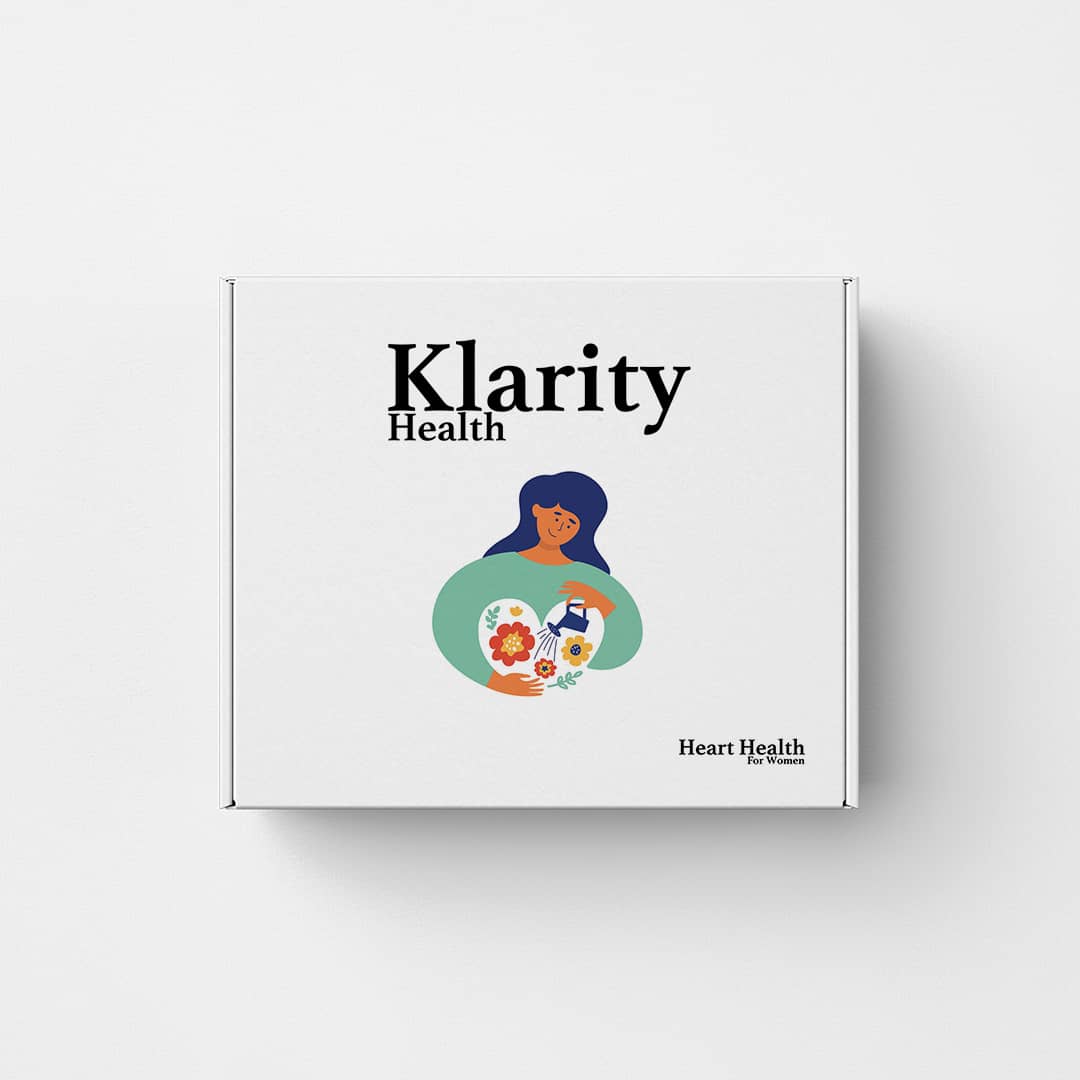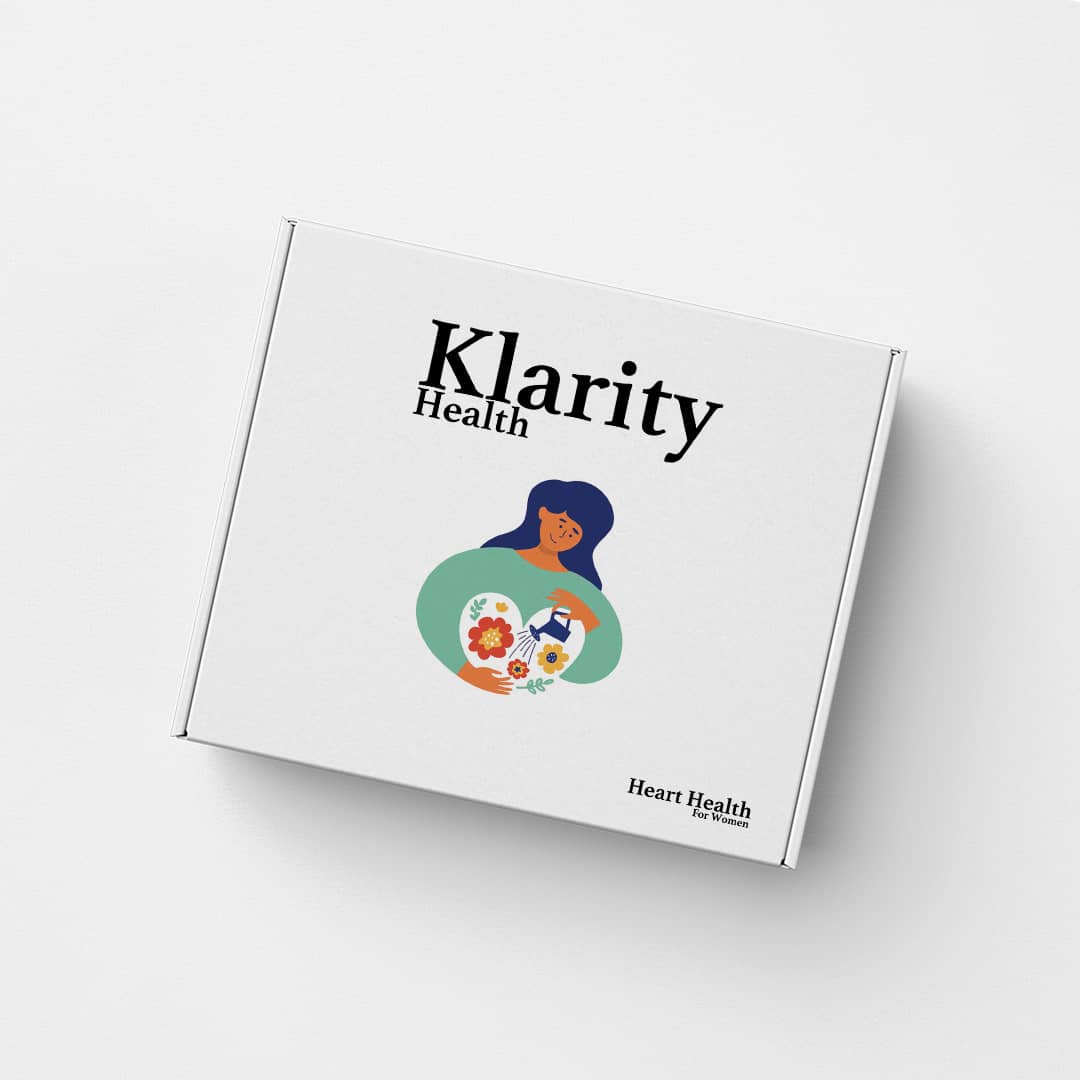How The Heart Health Test For Women Works
Take your free health
Assessment
Answer some simple lifestyle and medical questions online, it does not take more than 5-10 min.
Get your health score and recommended products
View risks for the main chronic health diseases and understand the main contributing factors to each disease.
Take your test at home
Take a simple blood test at home to get more insight to your health
Get your results
Get further recommendations and insight based on your test results




